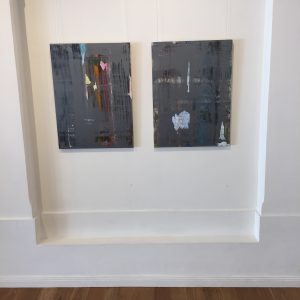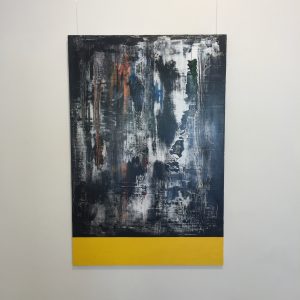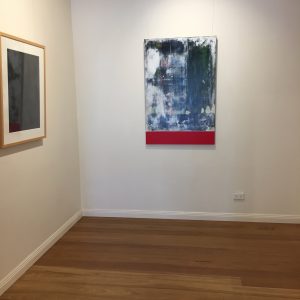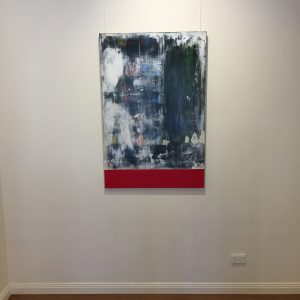In this exhibition I explored ‘the potential of what Lucretius referred to as the Clinamen – a concept he borrowed from Epicurean atomism which refers to the unpredictable swerve of atoms in their movement through space. The interactions and ‘crashes’ caused by atomic swerve, by the clinamen, is therefore the trigger- point or material rupture through which cosmic events manifest. According to Lucretius, were it not for the unpredictable swerve of atoms, not only would there be an absence of free will (given the stranglehold of determinism) but there would be no objective universe (as we know it), given that none of the atomic interactions necessary for material complexity would ever take place.
The Clinamen is the bridge between the invisible processes and mechanics of the atomic world and the evident and perceptible materiality of the classical world of objects and form. The Clinamen is, as such, that self-same blip of data, that kink in the fabric that brings things into existence to be experienced in an objective fashion. Equivalently, the conceptual work of art creates a way of engaging with the material phenomena of energy and atomic vibrations from the conceptual plane of intuition to the material plane of objective experience.’
Paul Thomas, Quantum Art and Uncertainty. Bristol: Intellect Ltd, 2018.




